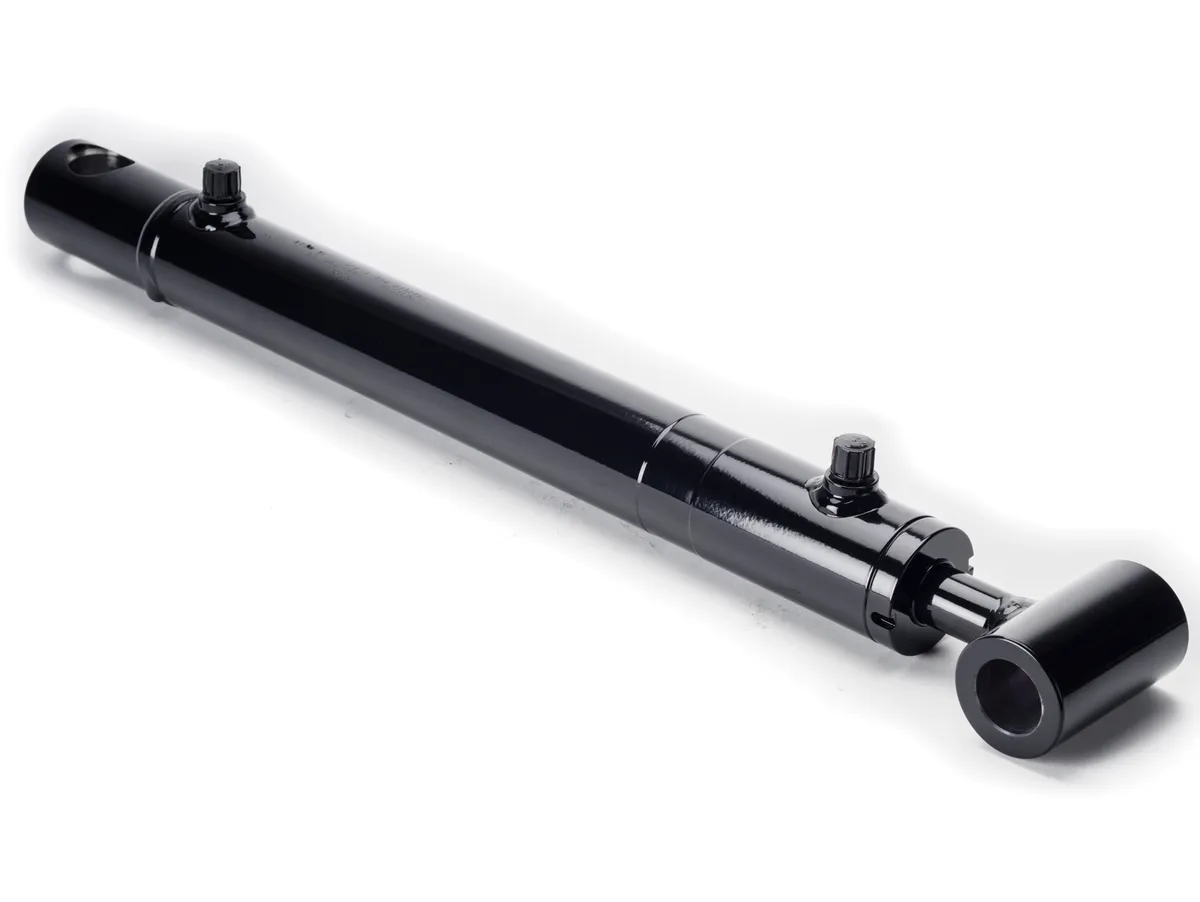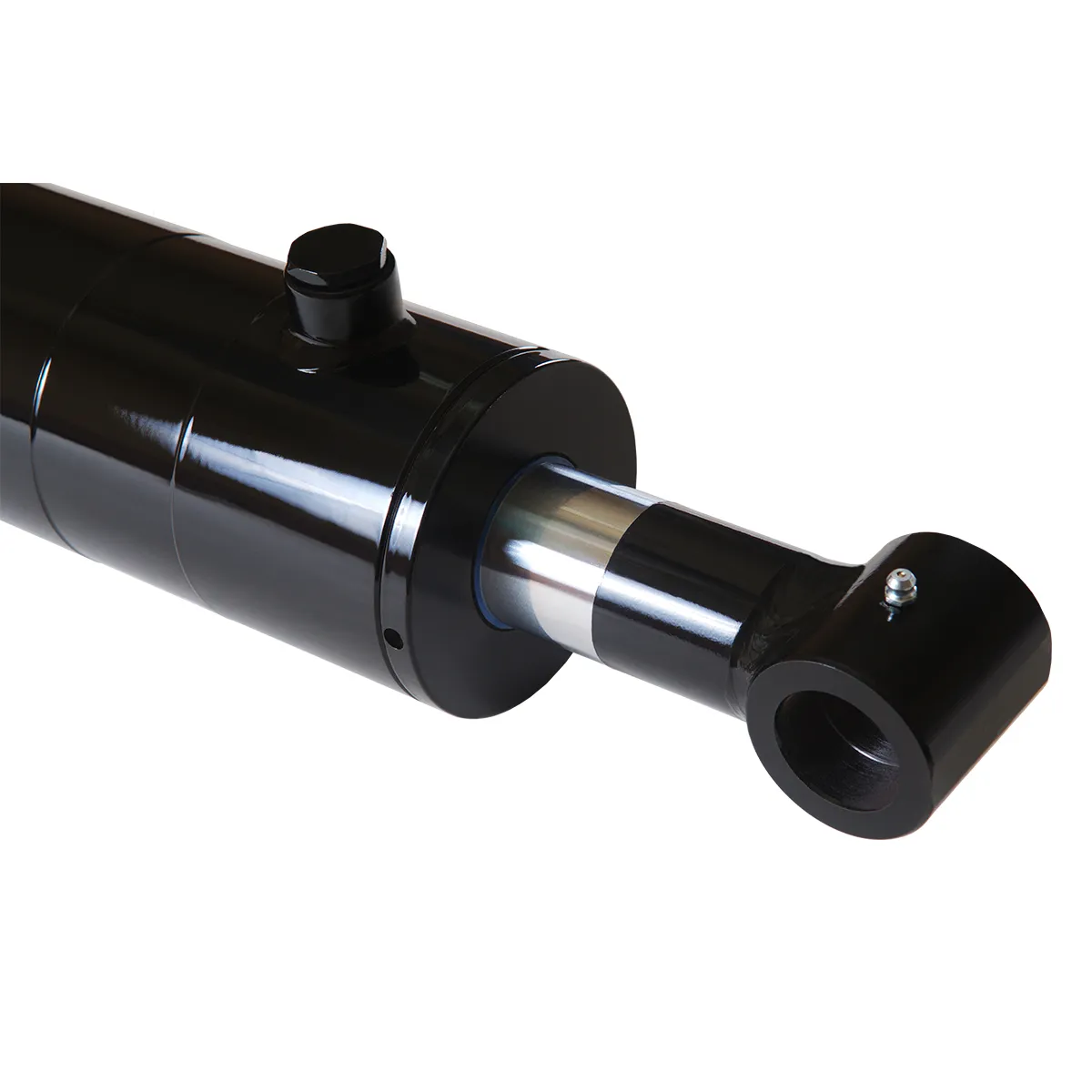Compact Welded Hydraulic Cylinder for Energy Applications
Overview of Compact Welded Hydraulic Cylinder
Compact welded hydraulic cylinders are essential components in hydraulic systems, designed to provide efficient energy transfer and control within various applications. These cylinders are known for their space-saving design and high performance capabilities.

Design and Construction Characteristics
When it comes to materials, compact welded hydraulic cylinders are commonly made from durable steel or lightweight aluminum, ensuring strength and reliability. The welding process, whether MIG or TIG, offers superior bonding for optimal performance. These cylinders are available in a range of sizes, offering a compact alternative to standard cylinders without compromising on functionality.
Mounting Options
Compact welded hydraulic cylinders come with various mounting configurations to suit different applications. Whether it’s side-mounted, end-mounted, or center-mounted, these cylinders offer versatility in installation to meet specific requirements.
Working Principle
The working principle of compact welded hydraulic cylinders involves the transfer of fluid force to generate piston movement and perform the required workload. A robust sealing system ensures efficient operation by containing the pressure and preventing leaks, resulting in reliable performance.
Types and Configurations
There are three main types of compact welded hydraulic cylinders available, each designed for specific applications. These include single-acting cylinders, double-acting cylinders, and telescopic cylinders, catering to diverse hydraulic system requirements.
Advantages of Compact Welded Hydraulic Cylinder
- Space Efficiency: Compact cylinders save valuable space on machinery and equipment, optimizing design layouts.
- Weight Reduction: The lightweight nature of these cylinders contributes to overall weight reduction in applications, enhancing efficiency.
- High Performance: Compact welded hydraulic cylinders offer impressive force-size ratios, ensuring high performance and productivity.
- Versatility: With a wide range of applications across industries, these cylinders provide versatile solutions for diverse needs.
Performance Characteristics
- Pressure Rating: Compact welded hydraulic cylinders operate within typical working pressure ranges, ensuring reliable performance under varying conditions.
- Force Output: The force output of these cylinders is determined by size and pressure, delivering the required power for different tasks.
- Stroke Length: Common stroke lengths of compact cylinders offer flexibility in motion control applications, meeting specific requirements.
- Durability: These cylinders exhibit long life expectancy and withstand factors affecting durability, ensuring extended performance.

Industries Where Compact Welded Hydraulic Cylinders are Widely Used
- Industrial Machinery: Small machinery and automation systems
- Construction Equipment: Small excavators and loaders
- Agricultural Equipment: Tractors and agricultural machinery
- Material Handling: Forklifts and conveyor systems
- Automotive: Small vehicles and special machinery
Design Considerations and Selection Criteria

When selecting compact welded hydraulic cylinders, factors such as bearing capacity, sealing efficiency, durability, safety, and maintainability play a crucial role in ensuring optimal performance and longevity.
Sealing and Lubrication
Proper sealing with piston seals, rod seals, and wear-resistant materials enhances the longevity of compact welded hydraulic cylinders. Regular lubrication with hydraulic oil maintains smooth operation and prevents wear and tear.
Regular Inspection and Preventive Maintenance
To ensure the continuous performance of compact welded hydraulic cylinders, regular inspection and preventive maintenance measures are essential. These include checking for leaks, monitoring pressure, and addressing any issues promptly to prevent downtime.

Installation Guide
Correct installation of compact welded hydraulic cylinders is critical for optimal performance. It involves proper alignment, secure mounting, and adherence to manufacturer guidelines to ensure safe and efficient operation.
Maintenance Tasks
- Regular Inspection: Check for wear and tear, leaks, and proper functioning
- Proper Lubrication: Ensure adequate lubrication for smooth operation
- Seal Replacement and Calibration Inspection: Replace worn seals and calibrate cylinders for accurate performance
Safety Considerations and Environmental Factors
Ensuring safety measures and considering environmental factors are crucial when using compact welded hydraulic cylinders. Proper training, maintenance, and adherence to regulations minimize risks and promote a safe working environment.
Fault Diagnosis and Common Problems
Common issues with compact welded hydraulic cylinders include leaks, seal damage, and pressure inconsistencies. Proper diagnosis and troubleshooting techniques are essential to address these problems effectively and maintain optimal performance.
Three Questions about Compact Welded Hydraulic Cylinders
1. What are the key advantages of using compact welded hydraulic cylinders?
2. In which applications are compact welded hydraulic cylinders commonly used?
3. How do compact welded hydraulic cylinders differ from standard hydraulic cylinders?
Long-Tail Keywords
1. High-Performance Compact Welded Hydraulic Cylinder
2. Durable Compact Welded Hydraulic Cylinder
3. Versatile Compact Welded Hydraulic Cylinder
Our Company
We are a leading hydraulic cylinder replacement manufacturer, offering a comprehensive product line for diverse industrial applications. With international certifications, customized services, state-of-the-art production equipment, and dedicated after-sales support, we are committed to delivering high-quality solutions to our customers worldwide.
Author: lyl
